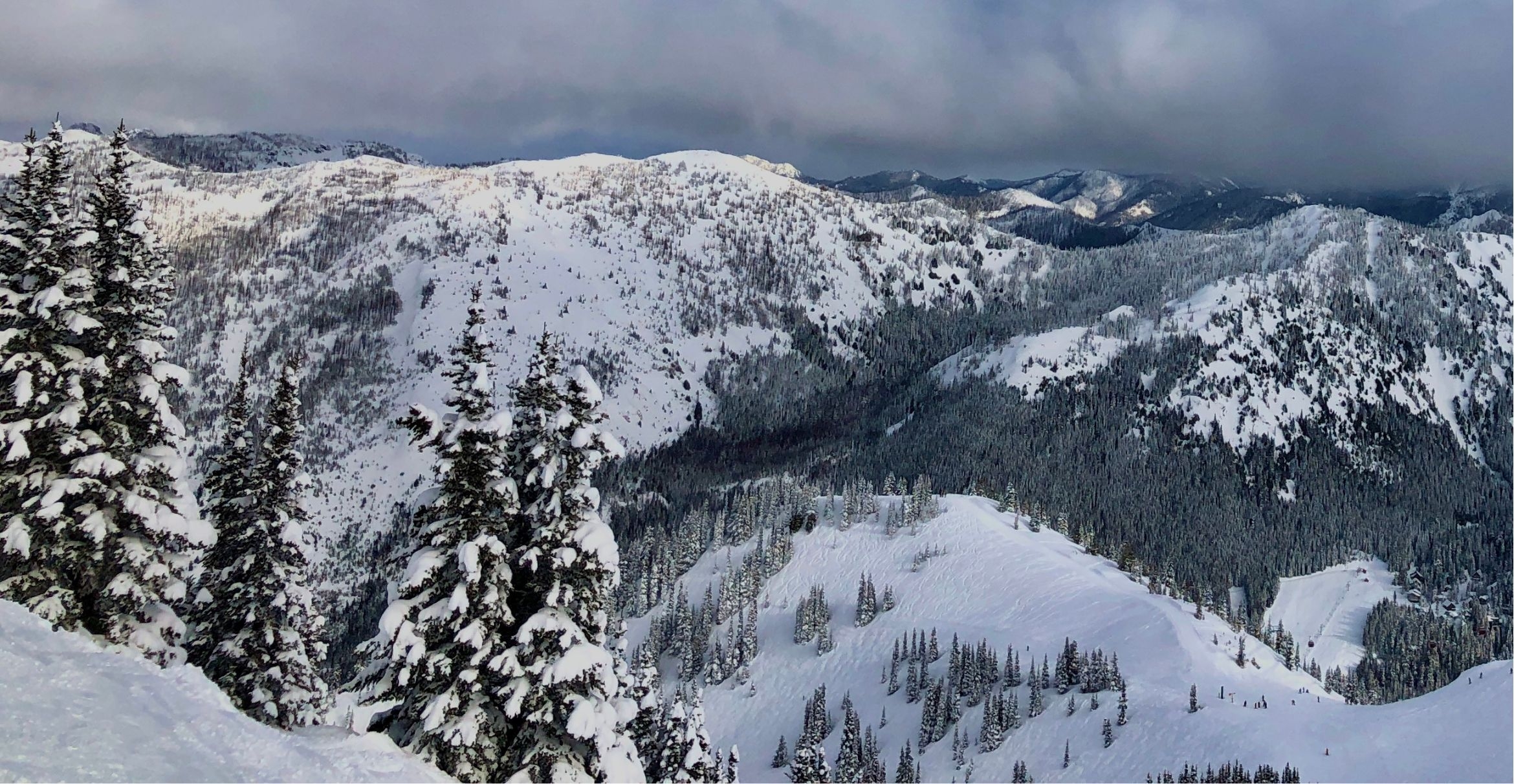2023-12-13 カリフォルニア大学サンタバーバラ校(UCSB)
 hoto Credit:Joan Dudney
hoto Credit:Joan Dudney
◆湿潤な地域のツリーは水分が豊富であるため、乾燥への適応度が低下し、これが気候変動における森林の脆弱性を増加させる可能性があります。今後の研究により、気候変動に対するツリーの応答を理解し、森林の未来に対処する手段を考えることが期待されます。
<関連情報>
中山間地域の森林は干ばつに弱く、気候変動に対する脆弱性を高めている。 Drought sensitivity in mesic forests heightens their vulnerability to climate change
Robert Heilmayr,Joan Dudney,and Frances C. Moore
Science Published:7 Dec 2023
DOI:https://doi.org/10.1126/science.adi1071
Editor’s summary
The increase in drought conditions caused by climate change threatens tree growth and survival. Heilmayr et al. investigated whether trees are most stressed by drought in relatively wet or dry regions. In drier areas, trees increasingly experience more severe conditions but may also be better adapted to withstand drought. Using tree ring measurement records from more than 100 tree species, the authors found that trees growing in the wetter parts of their range are more drought sensitive, and hot, wet regions are predicted to have the greatest declines in growth under future climate change. Therefore, land management and policy focused solely on drought effects in drier regions will underestimate climate change vulnerability in forests. —Bianca Lopez
Abstract
Climate change is shifting the structure and function of global forests, underscoring the critical need to predict which forests are most vulnerable to a hotter and drier future. We analyzed 6.6 million tree rings from 122 species to assess trees’ sensitivity to water and energy availability. We found that trees growing in wetter portions of their range exhibit the greatest drought sensitivity. To test how these patterns of drought sensitivity influence vulnerability to climate change, we predicted tree growth through 2100. Our results suggest that drought adaptations in arid regions will partially buffer trees against climate change. By contrast, trees growing in the wetter, hotter portions of their climatic range may experience unexpectedly large adverse impacts under climate change.




